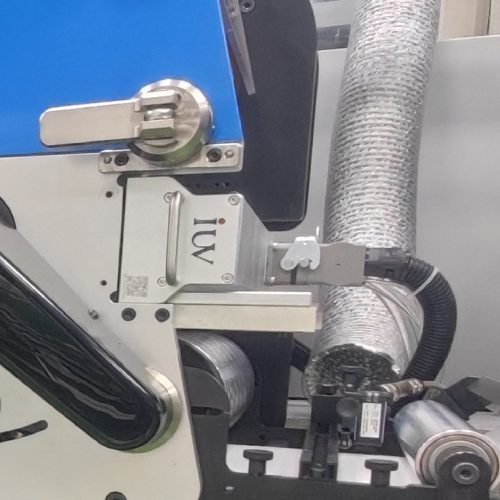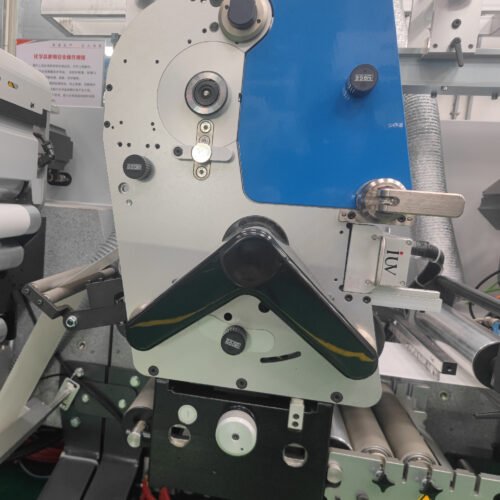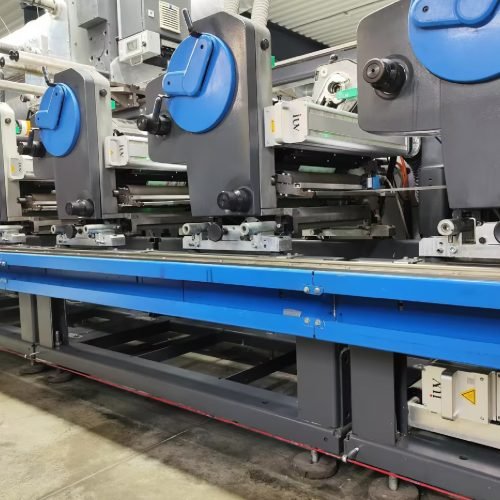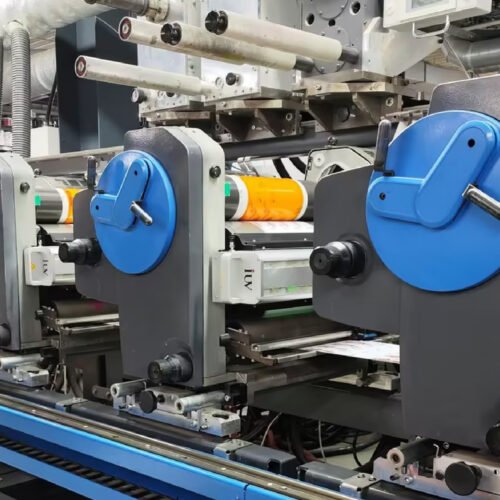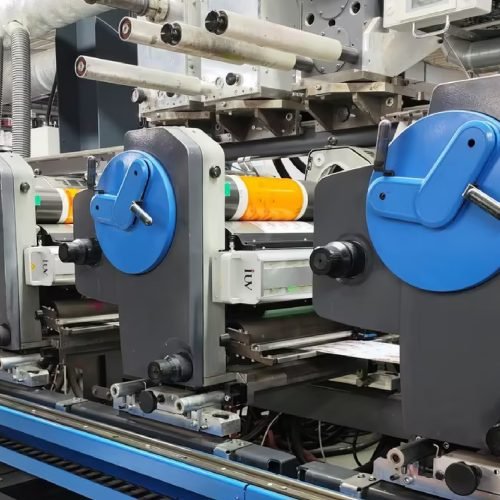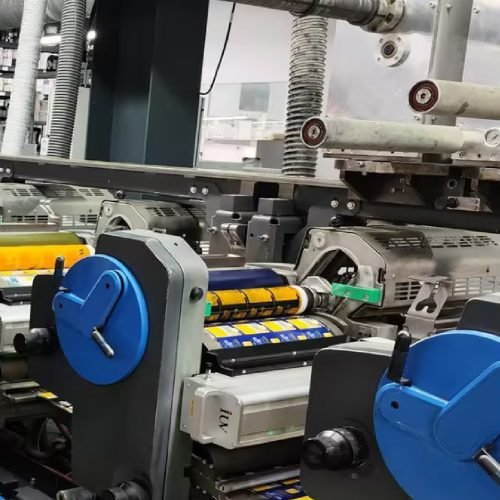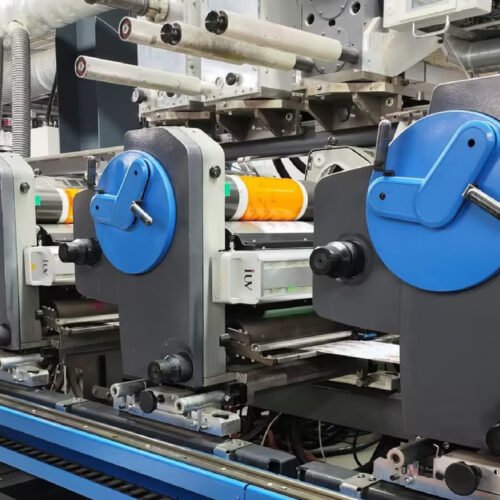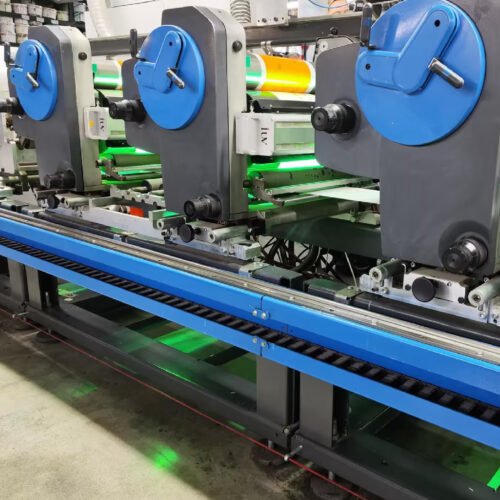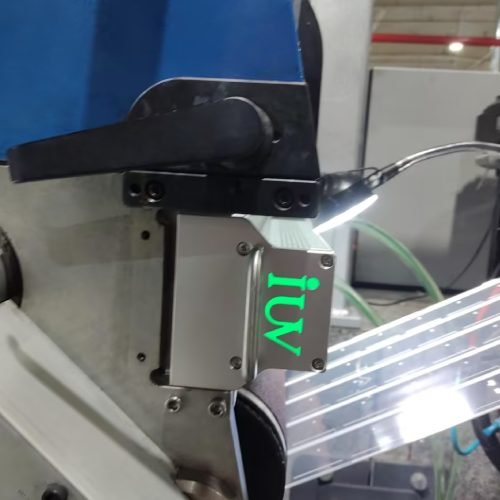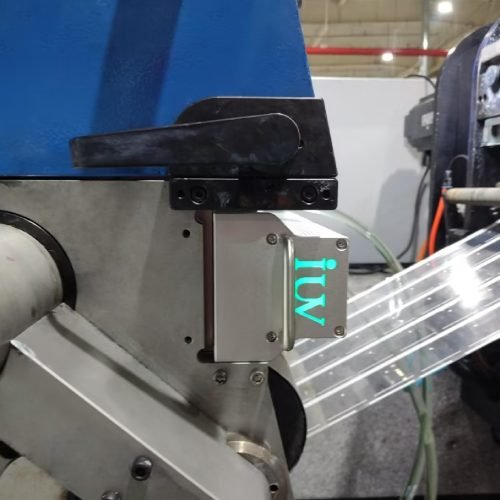In the fast-evolving world of label and packaging printing, sustainability, efficiency, and regulatory compliance are no longer optional—they’re essential. Combining LED UV curing technology with low migration inks offers a transformative solution for businesses aiming to meet stringent environmental standards, reduce operational costs, and deliver high-quality, safe products. This article explores how these innovations work, their benefits, and why they’re the future of modern printing.
1. LED UV Curing: A Game-Changer in Printing Technology
Traditional UV curing systems rely on mercury lamps, which consume excessive energy, emit harmful ozone, and require frequent maintenance. In contrast, LED UV curing uses energy-efficient diodes to deliver instant, precise ultraviolet light.
Key Advantages of LED UV Technology:
- Energy Efficiency: LED systems consume 70–80% less energy than mercury lamps, with no warm-up time and instant on/off functionality.
- Long Lifespan: LED UV lamps last up to 20,000–30,000 hours—10x longer than traditional lamps—reducing downtime and replacement costs.
- Low Heat Emission: Unlike mercury lamps, which raise substrate temperatures by 60–90°C, LED UV emits minimal heat (≤5°C), preventing distortion of heat-sensitive materials like films and plastics.
- Environmental Safety: Mercury-free and ozone-free, LED UV aligns with global regulations like the EU’s RoHS and supports carbon reduction goals.
Applications: Ideal for high-speed printing (up to 42,000 impressions/hour), label production, and packaging for food, pharmaceuticals, and cosmetics.
2. Low Migration Inks: Ensuring Safety and Compliance
Low migration inks are engineered to minimize the transfer of ink components—such as photoinitiators, monomers, or additives—into packaged products. This is critical for food, medical, and cosmetic packaging, where even trace contaminants pose health risks.
Why Low Migration Inks Matter:
- Regulatory Compliance: Meets strict standards like EU Framework Regulation EC 1935/2004 and USDA certifications for bio-based content.
- Enhanced Safety: Advanced formulations use high-molecular-weight photoinitiators (e.g., Omnirad 1001M) and purified resins to reduce residual migration to ≤2 ppb, far below legal limits.
- Versatility: Compatible with diverse substrates, including flexible films, paperboard, and rigid containers.
Innovative Formulations:
For example, Hanghua Co.’s LED UV BIOMASS series incorporates 26–32% bio-based materials, slashing reliance on fossil fuels while maintaining high print quality1. Similarly, UV-LED inks from Phoseon Technology ensure uniform curing and FDA-compliant food safety.
3. Synergy of LED UV and Low Migration Inks: Unmatched Benefits
Combining these technologies creates a powerhouse solution for modern printing challenges:
A. Faster Production Cycles
- LED UV’s instant curing eliminates drying delays, enabling immediate handling and reducing lead times from days to hours.
- Low migration inks achieve full curing at 16000 sheets/hour, even on thick substrates (≥0.3mm).
B. Superior Print Quality
- Zero solvent content in UV inks prevents ink settling, ensuring vibrant colors and sharp details.
- Low migration formulas enhance abrasion resistance (10x higher than conventional inks) and eliminate issues like back-trapping or powder contamination.
C. Sustainability at Scale
- Reduced Carbon Footprint: Bio-based resins and energy-efficient LEDs cut CO2 emissions across the product lifecycle.
- Waste Reduction: Precision curing minimizes ink waste, while long-lasting LEDs lower disposal frequency.
4. Real-World Applications and Success Stories
- Food Packaging: A leading printer using Phoseon’s UV-LED systems reduced migration levels by 90% while achieving 20,000+ hours of maintenance-free operation.
- Pharmaceutical Labels: A manufacturer adopting low migration inks and LED curing saw a 40% drop in energy costs and compliance with FDA migration limits.
- Cosmetics: Brands now demand glossy, odor-free packaging—achievable only through LED UV’s cold curing process.
Future Trends: Where Innovation Meets Demand
- Bio-Based UV Resins: Companies like Hanghua are pioneering UV inks with 30%+ bio-content, aligning with circular economy goals1.
- Smart Integration: IoT-enabled LED systems will optimize curing parameters in real-time, boosting efficiency6.
- Regulatory Expansion: As more regions adopt low migration standards, early adopters will gain a competitive edge10.

